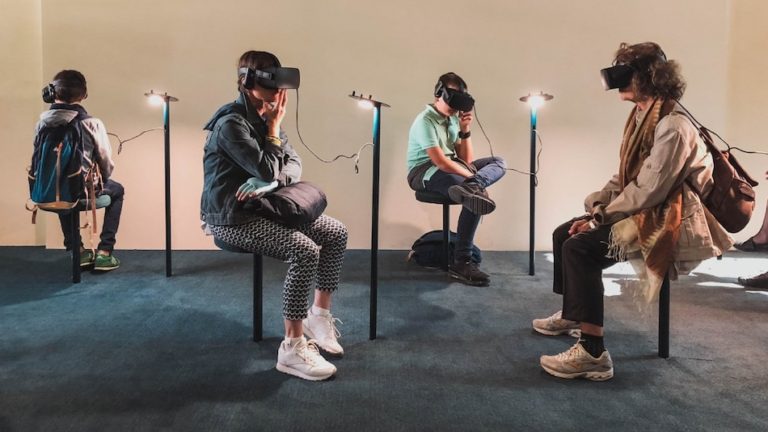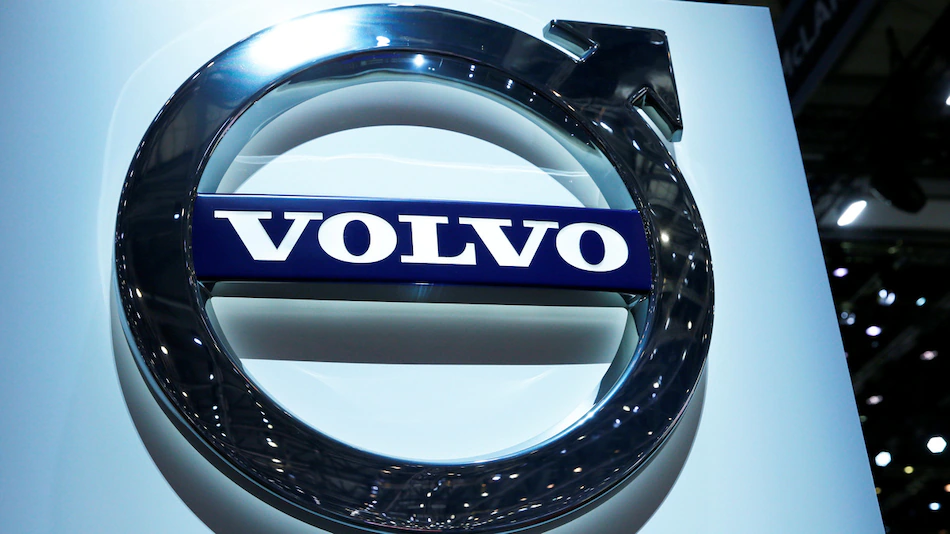The Ultimate Guide for Launching Into the Metaverse

Many people believe that the latest paradigm shift for the internet is already underway: the metaverse, they claim, is almost here. When a company invests in a space and the media declares a moment, it’s reasonable to take a step back and see if the reality can live up to the hype.
But, if this is the “meta” moment — that is, if it provides something that people truly desire — it is safe to assume that many businesses are wondering what the metaverse is and whether they should be a part of it. Even knowing where to begin can be difficult for brands considering how to navigate this new frontier.
The metaverse’s basic concept is straightforward. Simply put, the metaverse is any digital experience on the internet that is persistent, immersive, three-dimensional (3D), and virtual, in the sense that it does not occur in the physical world. Metaverse experiences allow us to play, work, connect, and buy (and just to make things extra fun, the things we buy can be real or virtual). It’s also a bit of a misnomer to refer to “the metaverse” as if it’s a single, connected, or even interoperable universe, because it isn’t. Because each entity that creates a virtual world has its own access, membership, monetization rights, and creative expression formats, the business and technical specifications vary greatly.
The term “metaverse” refers to the concept of these individual worlds and experiences, as well as the recognition that we are entering a more substantive, immersive landscape than ever before.
A few companies have already begun to shape the landscape, with entertainment and gaming companies leading the way. Major console and PC gaming titles, such as Epic Games’ Fortnite, have normalized playing and socializing with people in virtual environments.
Newer gaming platforms, such as Roblox, allow users to create and play in immersive worlds that they have created and often monetized. Decentraland is a 3D virtual world that its users own, allowing them to build virtual structures ranging from theme parks to galleries and then charge users to visit them, all powered by Ethereum blockchain technology.
Other companies, such as MetaVRse and Unity, are developing engines to power brand and gaming studios, as well as to accelerate AR and VR content development.
The immersive environment of the metaverse, on the other hand, isn’t just an opportunity for consumer-facing businesses. There are numerous business applications, ranging from training future surgeons to distributing product demos to retail employees.
Nvidia’s leadership, for example, believes that investing in metaverse simulations of things like manufacturing and logistics will reduce waste and accelerate better business solutions. And Microsoft is positioning its cloud services to be the metaverse’s fabric, with its Mesh platform allowing avatars and immersive spaces to thread into collaboration environments like Teams over time.
Many of these more creative virtual business experiences are likely to become even more relevant to how companies connect with their people and customers in post-Covid hybrid or remote working environments.
For companies that are still on the fence, it is critical for each brand to find its niche and balance the risk-reward equation. Doing so necessitates understanding what is possible, and companies that are leaning in quickly can both inspire and serve as test cases. For example, many brands are capitalizing on the metaverse’s gaming component by offering branded experiences that are essentially virtual and immersive sponsorships.
While Nike is a well-known brand, it is certainly leading the charge at the assertive end of the metaverse spectrum, as reported by CNBC, by filing for patents for virtual goods and the opportunity to build virtual retail environments to sell those goods. They recently acquired RTFKT, a company that creates virtual sneakers and collectibles for the metaverse.
The commercial applications of the metaverse are being boosted even further by new behaviors centered on purchasing products and services directly from social experiences, also known as “social commerce.” Social commerce is becoming a larger portion of US e-commerce over time, with a projected $36 billion in 2021 alone, mirroring China’s growth patterns.
As a result, the social media landscape is eager to capitalize on the intersection of where people connect and buy not only on the traditional internet, but also in a 3D, immersive metaverse. Virtual showrooms, fashion shows, and dressing rooms have the potential to move from the fringes of experimentation to the mainstream.
People aren’t just selling physical goods; Sotheby’s recently announced its own metaverse gallery for curated virtual art, which will be housed in Decentraland. As capabilities scale, new business models for influencers, virtual goods — including non-fungible tokens (NFTs), which are one-of-a-kind creations traded and secured on a blockchain — and commerce on physical goods purchased in virtual worlds will all gain prominence.
Brands should always be testing and learning, and the digital landscape, in particular, necessitates intellectual curiosity. The metaverse has the potential to be the next iteration of how humans use the internet to connect, communicate, and transact — sitting on the sidelines for too long is unlikely.
Here are some examples of what brands can do right now:
Choose your goals.
Consider how much time your target audiences/customers spend in the metaverse and adjust your speed of attack accordingly — brands focusing on younger demographics, for example, are unlikely to have the luxury of sitting out the metaverse for long.
Who are your target demographics, and what behaviors are currently trending with your current and prospective customers that indicate how quickly you should move into the metaverse?
Take note of the competition
Begin by discussing instances when peer companies do things in the metaverse, such as a showcase at a leadership meeting, just to get the conversation started across the executive team. Much of the space can be intimidating, especially when seemingly incomprehensible concepts like NFTs or blockchain are involved. Can you appoint someone to be a champion for these issues, bringing approachable, tangible examples to every meeting?
Seek out applications
Examine whether the metaverse provides opportunities for your company to not only try new things, but also to accelerate your purpose or long-term goals, such as sustainability, which is well suited to many metaverse applications. Almost every CMO has made, or will soon make, a public commitment to ESGs related to sustainability, and they will soon be measurable. What can you test in the metaverse to see if you can find more sustainable ways to serve your customers?
Prepare your entrance
Request that your agency team begin developing an opinion on how your brand should appear in the metaverse and when it might make sense. Holding companies and independent agencies are both closely monitoring mass media behaviors and emerging trends, so this is an excellent opportunity to inquire about what they are seeing across their client portfolio. What tests could they put in place to allow you to comfortably expose your brand to the metaverse?
Maintain your equilibrium
If you’re already in it, be aware that all new spaces present risk and reward; manage accordingly, knowing that it may be highly unpredictable and lacking in standards. The good news is that the recent pandemic has made us all far more adaptable than we have ever been. To state the obvious, there will be failures in experiments. Second Life offered the promise of the metaverse years ago, but the risk for the brands that participated was not significant or long term. So, if now is the time, it is critical to consider how to be present.
Most importantly, people in brand marketing or leadership positions should consider how to unleash their creativity and storytelling abilities. If the creative palette expands in the metaverse, we should be excited to create experiences at any point in the customer journey, from acquisition to engagement, transaction, and customer support, that have the potential to be both spectacular and stickier than before. And, someday, we’ll probably want to seamlessly transition from real to virtual worlds. That is going to be the next frontier.







